If you are a fan of foreign films and TV series, you probably watch them dubbed or in the original version with subtitles. Have you ever wondered how much it costs to translate a 90-minute film or what the differences are between translation for dubbing and for subtitles?
Do you know what the most difficult part of audiovisual translation is?
Today, we interview Olga Parera, an audiovisual translator with nine years of experience in the field, who has translated numerous television series and feature films.
So, who better than her to tell you about the ins and outs of this profession?
Let’s get started!
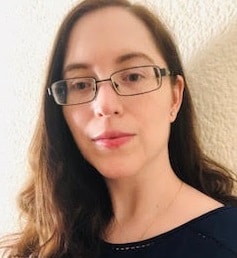 Interview with Olga Parera: Translation of television shows and films for dubbing and subtitles
Interview with Olga Parera: Translation of television shows and films for dubbing and subtitles
How would you describe your job in two sentences for those who do not know what kind of translations you do?
I specialise in the translation of television shows and films for dubbing from English or French to Castilian. I like to say that I translate culture so that everyone can enjoy it in their own language and have an experience as close to the original as possible.
How did you come to specialise in audiovisual translation? Would you say that it was through your master’s degree or through your own experience?
I did my Master’s in Audiovisual Translation at UAB and I chose it because I had always been a big fan of the world of films and television. I have always liked writing and languages too, of course. With this type of translation, I can combine all three of these, so for me, it is a vocational choice.
What is the difference between translation for dubbing and subtitle translation?
I think that the biggest difference between dubbing translation and subtitle translation is the character limit. In subtitling, you have to condense the text to meet the maximum characters allotted (32, 36, or 38 characters, depending on the client). You also have to consider a number of parameters such as italics (for voiceover, conversations over the phone or on the television, etc.), two-line subtitles, adequate fragmentation of lines (no verbs or prepositions at the end of a line), etc. In dubbing, everything that is said can be translated without having to condense as much. Even so, we do still have to respect the length of the sentence and avoid writing too much or too little. In dubbing, you have to indicate the gestures, inserts, moods, but there are no italics, fragmentation, or line limit.
When it comes to translating a series, are all the episodes translated by the same translator? Because a change in translator could affect how the characters are portrayed.
It is usually a single translator. For the translation of docuseries, they tend to divide the episodes between more than one translator, but it is not the best way to do it. Each translator has their own translating style, and even if you use glossaries or there is agreement between translators on how to portray the characters, you can always notice a change in style.
Do you watch the films before translating them? Are you given access to them?
Because of time constraints, I cannot afford to watch the film before starting the translation; rather, I see it when I finish. There are translators who do watch the film beforehand, but I think that everyone has their own way of doing things.
In all the projects that I have done to date, the client has always provided me with the video of the episode or film. I think it is impossible to deliver good audiovisual translation work without comparing the text with the image, otherwise, we do not have the full context. For example, the word “it” in English can refer to something masculine or feminine. With the video, we can resolve any uncertainties. It also helps us to understand the tone of the characters according to the scene’s context.
How is your job structured? Are you responsible for the whole process (translation, synchronisation, etc.) or do you just take care of the translation?
In my case, I do some research on the project to get a general idea of what I am going to find and to avoid starting the translation blindly. Then, I translate, compare it with the video, and do a final revision by reading the text aloud. Sometimes, I divide the project into parts and follow the same method. I do the translation in addition to prealignment, that is to say I mark the gestures that appear and the moods. I try to maintain good synchronisation between the actor’s lip movements and the translated words and keep the sentences at approximately the same length as the originals.
What is the most difficult part of translating audiovisual content? And the part you enjoy the most?
I think that poems and songs are the most difficult to translate. A lot of the time, songs are subtitled, and you do not have to rhyme them. In children’s films, however, it is more common that they are dubbed, and you really have to rack your brain to make it sound right. Normally, if there are lots of songs that need dubbing, they are done by a lyricist, but for small songs, it is up to the translator.
The content that I enjoy the most is adapting the language to the time period in which it is based. For example, in The Great, the story takes place in Catherine the Great’s Russia and the translation must be adapted to the language of that time. For example, distinguishing between upper and lower class, courtesy forms, etc. For me, all that is an incredibly fun challenge.
When you come across a joke, how do you adapt it?
First, you have to analyse whether or not the joke will be understood here and will provoke the same reaction from the public. You also have to consider if there is a Catalan equivalent for a joke. I often find jokes with cultural references or celebrities and you have to consider whether they are known in the target culture or not.
How do you charge for these jobs? By word, by time…
In dubbing, the job is always charged per roll (every 10 minutes).
How long does it take to translate a 90-minute film?
It depends on the client. Normally, when you do a 35mm, you have more or less one week, and when you do a digital platform (VoD) movie, you have three days. Audiovisual translation requires some very quick turnarounds, so you have to get used to working quickly and well in order to deliver on time.
Which subtitling program do you prefer to work with?
I hardly do subtitling now because I am more focused on dubbing, but when I used to do it a lot, I used a program called SWIFT. It was easy to use and accepted all formats.
If you had a client that had decided to ask for a translation of some subtitles from a friend or do it themselves, what would you say to convince them to work with a professional?
Just because you know another language doesn’t mean that you can translate. I would tell them to always opt for a professional because, first of all, professionals have linguistic training, which is paramount and guarantees good knowledge of the language and a good translation. Secondly, if the professional is specialised in audiovisual translation, they will have a good understanding of the criteria for good subtitling (limited characters, italics, etc).
And once you have convinced them (for those who are reading this and need a professional like you), what would you ask of them in order for you to do the work as guaranteed?
Script, video, and subtitles in the original STL, EBU or PAC format. Later, they would have to negotiate the rates and deadlines.
And, in conclusion, I would like to ask you some questions for fellow professionals who want to dedicate themselves to audiovisual translation.
Does the translation of this type of content pay enough to cover 100% of your living expenses?
With much effort, sacrifice, and commitment, I have been able to cover 100% of my living expenses through audiovisual translation since I started.
You completed your Master’s in Audiovisual Translation (UAB). It is a popular and in-demand master’s degree. With the experience you have now, what advice would you give to translators who are starting or pursuing that master’s degree and want to follow your specialty?
My advice would be patience, commitment, and perseverance. It is a field in which there are many of us, and luckily, a lot of work. You have to make yourself a space little by little and this means push, push and push until one day, they choose you for a project and if you accept it, work hard to build a long-term partnership.
At what time of year is there more work in the field of audiovisual translation?
I believe that there are two very noticeable spikes of work during the year. Although it seems unbelievable, there is a lot of work in summer, especially in July and August and later, at the end of the year, especially in December. I have spent many Christmases finishing projects before New Year’s Eve, even though these scripts are not released until mid-January, but it is always like that. Later, if you have a series that is going to be renewed each year, you can estimate more or less when you will be working on it.
How do you promote yourself in the audiovisual sector? Who are your clients and how do you find them?
ATRAE has the initiative #quiénsubtitula (who translates), #quiénsubtitula (who subtitles) through which you can put yourself in contact with them each time that there is a premiere of a series, a movie, a docuseries or a documentary and they post about it on Twitter and Instagram to promote it. Besides that, I post on LinkedIn and my web page serves as a portfolio. I think that it is also important to have a profile on El Doblaje.com. That way, you can add your name into the project files so that everyone knows that you have worked on project X. In my opinion, this type of self-promotion is essential because translators are still quite invisible.
My clients are dubbing studios, producers, and advertising agencies. Finding clients involves taking some time to do research and getting to know them a little before you contact them.
About Olga Parera
A bachelor of English Philology and Translation and Interpretation at the Autonomous University of Barcelona, she also completed her Master’s in Audiovisual Translation at the same university.
Specialising in audiovisual translation for the last nine years, she collaborates with various dubbing and subtitling studios in the country for which she has translated numerous television series and feature films. She also serves as a creative translator and ad dubbing supervisor for advertising agencies in London, Prague, Hamburg and New York
Some of her recent work includes translations for the dubbing of television series like Narcos, Narcos: México, Bosch, The Rookie, Homecoming, The Great or Raíces and feature films like El escándalo (Bombshell), Aniquilación, Mary Shelley, Winchester: la casa que construyeron los espíritus, Bright, Astérix: El secreto de la poción mágica and Resident Evil: Vendetta. Her translation projects for subtitling include feature films such as Silencio, Hasta el último hombre, Rebelde entre el Centeno and Atómica.
She was nominated for the ATRAE award for Best Translation for Dubbing for the Second Season of Narcos (Netflix) in 2017 and the ATRAE award for Best Translation for Superimposed Voices for the second season of The Grand Tour (Amazon) in 2018.
[maxbutton id=”14″ ]
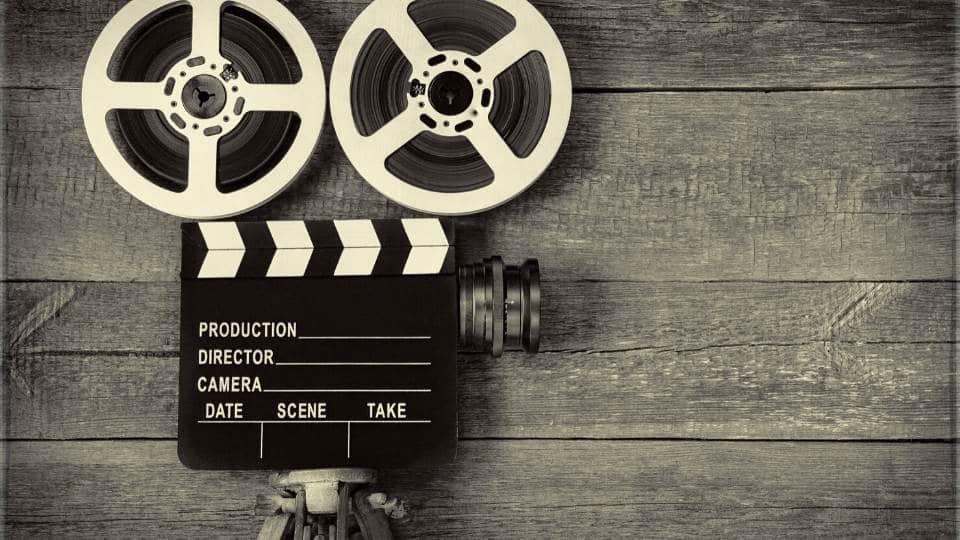
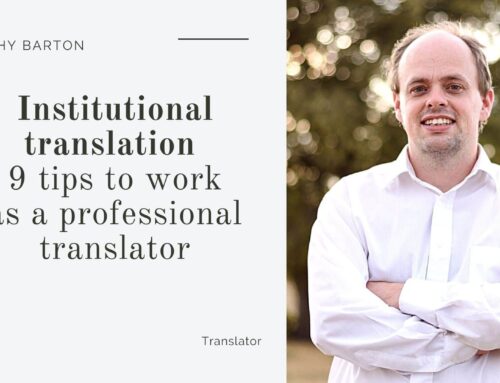
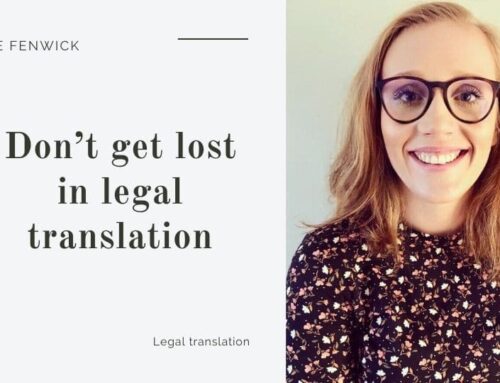
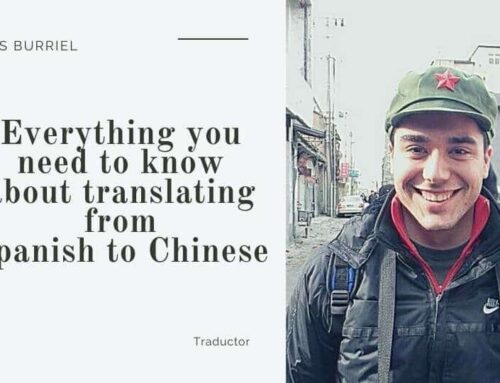
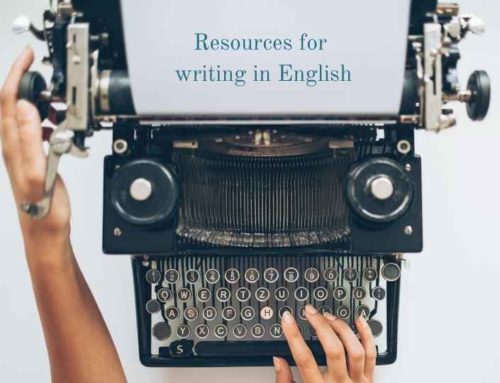
Leave A Comment